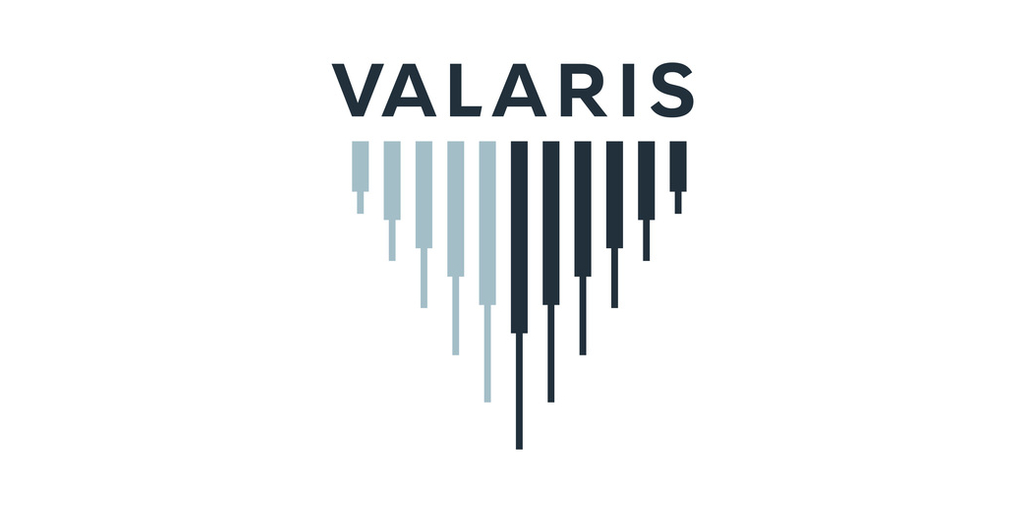The so-called ‘wealth effect’ is the Tulipmania of this era on steroids, creating untold sums of money from speculative spume. If materializing vast quantities of spendable cash is the goal, a revved-up wealth effect makes the Fed Open Market Committee look like a ladies’ luncheon club. Indeed, it can take long months or even years for the central bank to stoke the consumption furnace using swaps, repos and direct purchases of Treasury debt. These obfuscations are designed mainly to make the promiscuous use of credit more attractive to everyone. However, the money must be borrowed into existence for profligacy to work its magic on the economy, and that takes time. There is a much faster and simpler way to inject cash into the system. It works every time, and the result is instantaneous, effectively showering Wall Street with a blizzard of $1000 bills.
This is a monetization trick that is not taught at Wharton. An added feature is that even Joe Sixpack can pitch in simply by buying stocks on margin. Turbocharged by a 4x multiplier and a steeply rising stock market, Joe will be driving an Escalade and living in a grandiose suburban home he will never own in practically no time. The chart shows how it’s done, satisfying America’s money sickness in ways even the financially ingenious Dutch might not have imagined. Their seaborne empire was at its height in the 1630s, when greed and hysteria combined in just the right proportions to make the masses believe a rare tulip bulb could be worth as much as ten acres of prime farmland. The Burghers who invented the open-outcry exchange had the good sense to restrict futures trading in flower-bulb contracts in one crucial way: traders could not sell them short.
Shorts Power Bull Markets
In contrast, a key feature of today’s mania is that nearly any security can be sold short. This naturally invites the occasional short squeeze, a tsunami of panic buying triggered by an accelerating rise in the price of a stock that speculators have bet against. When the inevitable margin calls go out to traders suffering rapidly mounting losses, their collective short-covering gooses stocks with such force as merely bullish buying could never supply. In their eagerness to escape the vise, they jackhammer stocks through thick layers of resistance and previous peaks while sellers stand aside and let their profits run. Few pleasures in the investment world are more exhilarating than watching a stampede move one’s way.
Lest the threat of catastrophe elicit a reprimand from regulators, the crooks who control the markets have mastered the art of triggering off less-noticeable mini-stampedes every morning, usually in megacap faves such as NFLX, AMZN, GOOG, MSFT and NVDA. Hardly a day goes by when one or more of these stocks does not open on a gap like the one pictured in the Walmart chart. That nearly volumeless short-squeeze in the opening minutes of the session added at least $3 billion of wealth-effect money in a trice. Relatively few shares changed hands as the stock spiked through a smattering of sellers.
Replicate this momentarily unhinged price action in a half-dozen megacap stocks routinely, and pretty soon, as the late Sen. Everett Dirksen once quipped, you are talking about real money. In 2024, Nvidia alone tacked on $2 trillion of valuation in mere months. This occurred even as other heavyweight stocks, including the once-staid IBM, were rolling up unconscionable gains.
For all the hubris, there are relatively few customers’ yachts plying the waterways. But all across America, the upper echelons of the middle class are flush with cash, eager to spend it on luxury goods. It is mostly fund managers with the financial acumen of lab rats who have racked up the biggest score. Most of it is sitting on the books, a napping cosmos of ‘wealth effect’ money that can be hocked six ways of Sunday at the first opportunity.
Re-inflating a Pension Fund?
Unfortunately for us all, it would barely dent what we owe collectively. That is such an enormous sum that even tens of trillions of dollars of ‘wealth effect’ moolah cannot begin to pay off our liabilities for Medicare, Social Security and the welfare state. Wall Street’s gaseous wealth is fated to contract to nothingness in the next bear market, so that the aggregate value of all publicly traded stocks would not bail out even a single state-pension fund. Illinois seems the most likely to test this forecast, since the state’s very name is synonymous with corruption, arrantly stupid governance and reckless budgeting. But there are at least two dozen other states not far behind, and there will be no bailing them out. Only a blithering idiot could think ‘the Government’ will come to the rescue. Substitute the word ‘taxpayer’ for ‘Government’ and you’ll understand why. Although it is easy for ‘the Government’ to pump up financial assets and nominal GDP by monetizing debt, expanding credit and spending money it does not have, it is not possible to re-inflate a collapsing pension fund. Each sends out hundreds of thousands, or even millions, of checks every month so that recipients can pay for food, shelter, health care and other essentials. The nation’s taxpayers would quickly tire of supporting them, especially if they were all about to get stiffed themselves.
********





